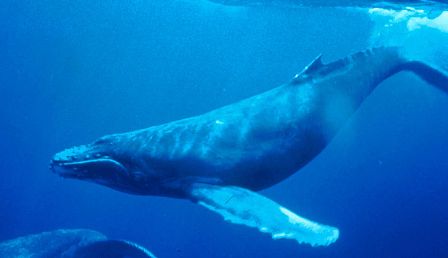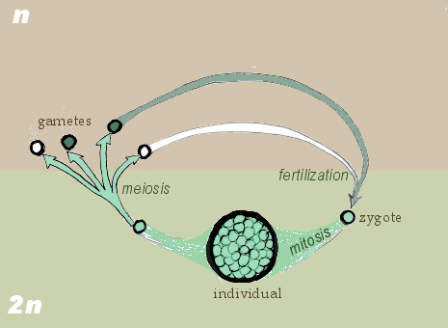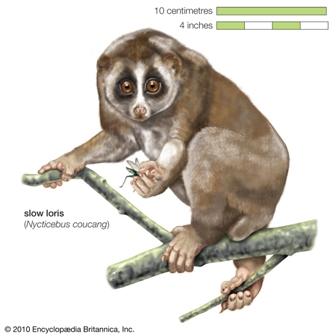
Classification
Domain: Eukarya
Kingdom: Animalia
Phylum: Chordata
Class: Mammalia
Order: Primates
Family: Lorisidae
Genus: Nycticebus
Species: Nycticebus coucang
Following is a description on why Nycticebus coucang
belongs to each taxonomic group:
Domain
Eukarya
The slow loris belongs to this domain because its organelles are
membrane-bound and their cells contain a nucleus with a nuclear
envelope.
Malaria is considered a eukaryote just like a slow loris!
Kingdom Animalia
All animals are multicellular, have the ability to move in some way,
lack cell walls, and exhibit the gametic life cycle. Animals also are heterotrophic meaning that
they have to ingest food to get energy.
Phylum
Chordata
Members of the phylum chordata have a notochord, nerve cord,
pharyngeal pouches (gill slits), a postanal tail, and endostyle
(thyroid gland) at some time in their life cycle. Chordates exhibit
bilateral symmetry and have an endoskeleton for support. All have a
complete digestive system and a closed circulatory system.
Hagfish are considered chordates, just like a slow loris!

Class
Mammalia
Mammals are all warm-blooded endothermic animals. They have mammary
glands, a well developed brain, and have hair made of keratin.
Mammals are known for being protective and taking good care of their
young. The aquatic
whale in the picture to the right is also a mammal!
Order
Primates
Opposable thumbs is a main characteristic of primates. They also
have nails (rather than claws) and are viviparous meaning they
usually only have one offspring per litter. A
gorilla, although much larger, is another example of a primate.

Family
Lorisidae
Members of this family are arboreal (live in the trees), use
quadrupedal climbing, are slow moving, have small ears, and
vestigial tails. The family
Lemuridae is closely related to this family.
Genus
Nycticebus
Nycticebus means "night monkey."
This genus includes slow lorises and pygmy lorises. All of the
members of Nycticebus are venomous. The pygmaeous
slow loris is considered by some to be a member of the coucang
species, but there is still debate (see Venom). Most
members of this genus are all commonly referred to as a slow loris.
There are five total known species of slow loris (if pygmaeous
are considered to be a separate species).
Other species of slow loris include:
N. bengalensis
N. javanicus
N. pygmaeus
N. menagensis
See Habitat next to know where you might potentially find a slow loris!
Also, check out MultipleOrganisms.net to see how other animals are classified!
Back to Homepage


